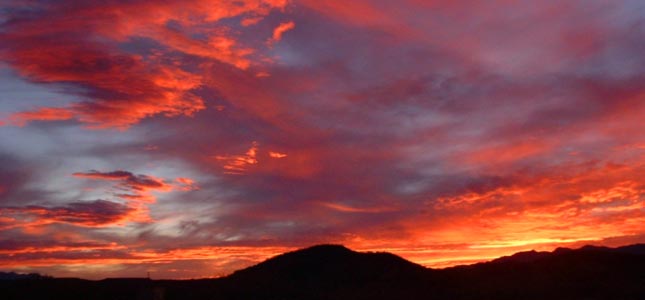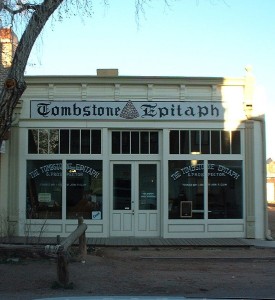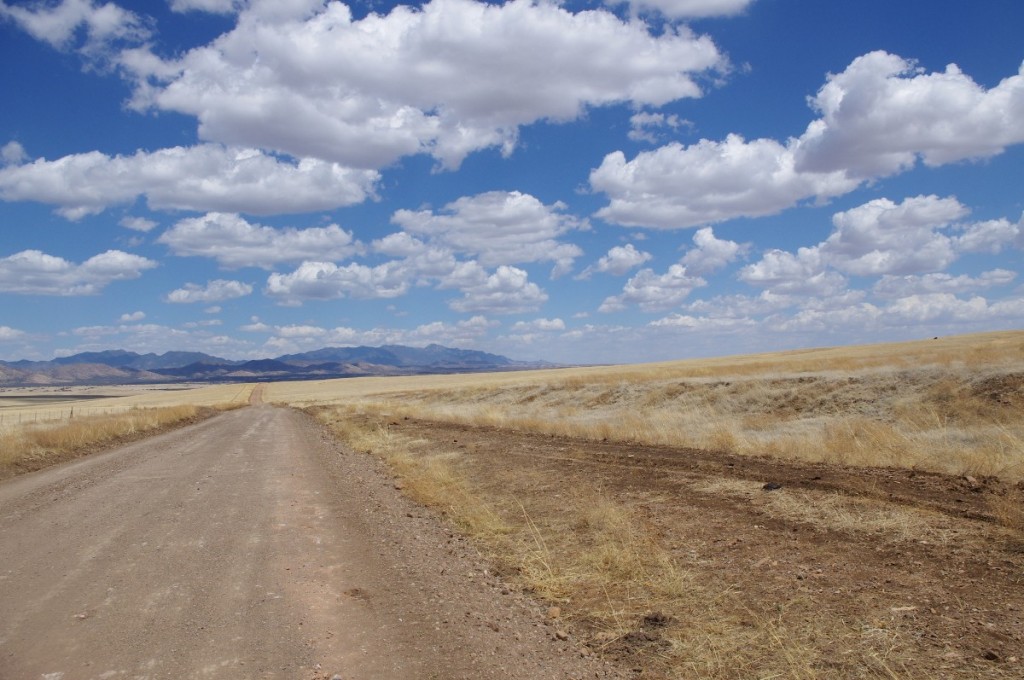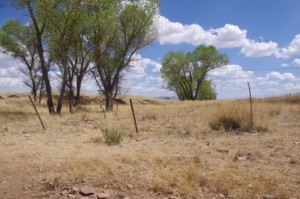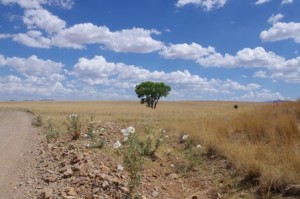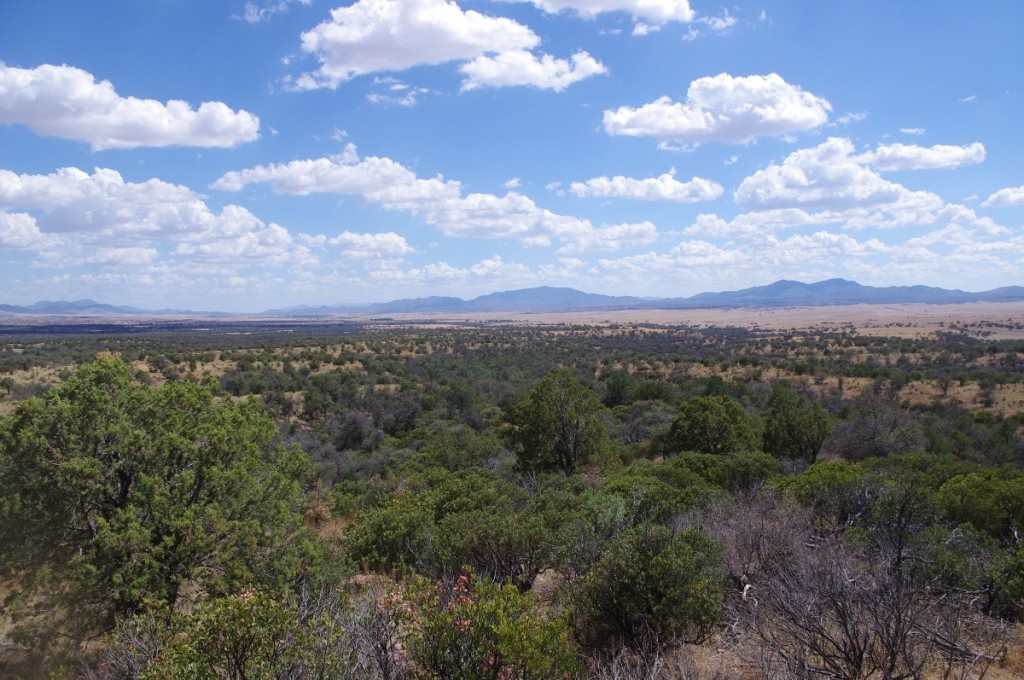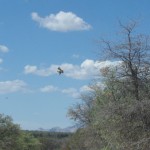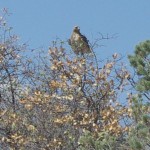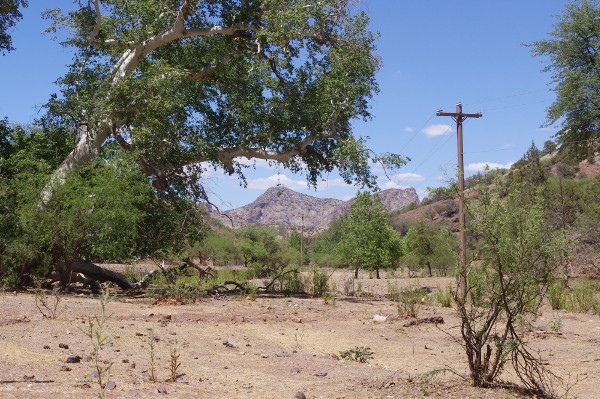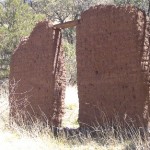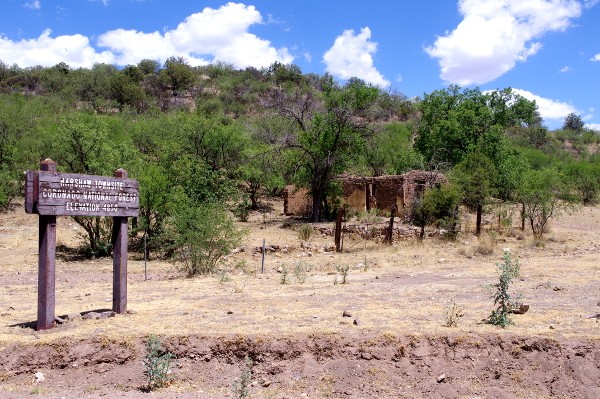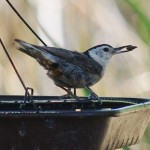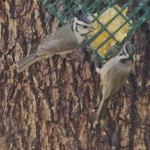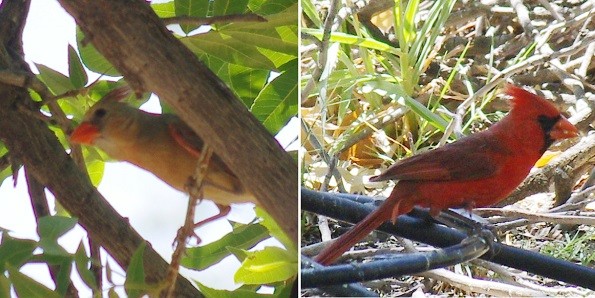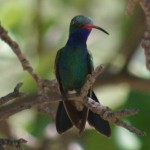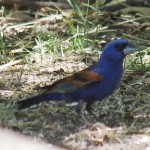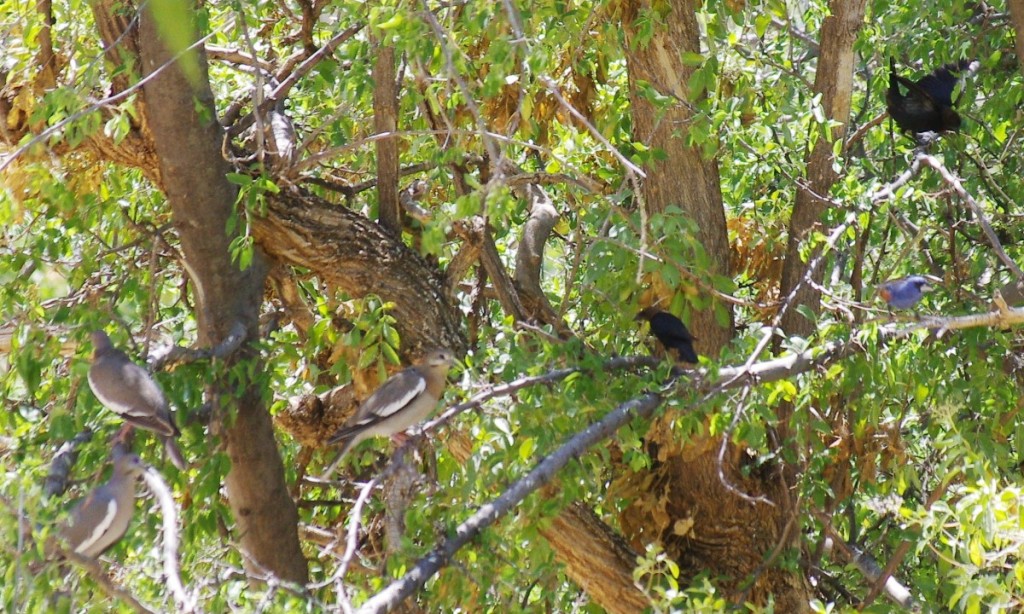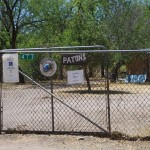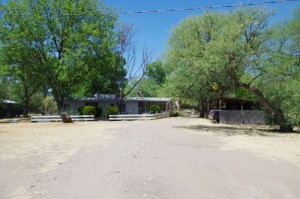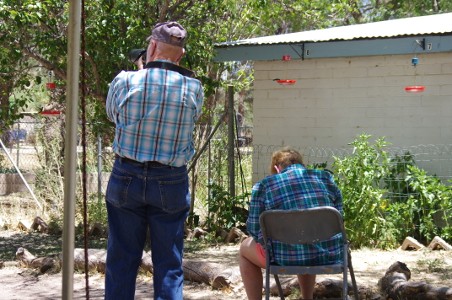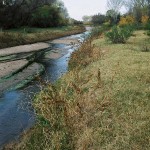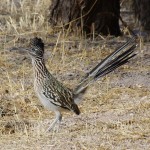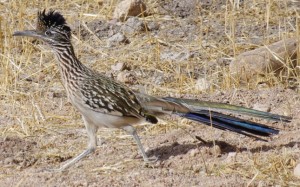Southeast Arizona Wildflowers Bloom After The Monsoons Start In July
Southeast Arizona wildflowers start to bloom in the spring but after the monsoons start, there is a profusion of colors on display across Cochise County. The varieties of colors are numerous and the blooming starts with the cactus and a few varieties of other plants. Driving on the roads and hiking the trails can show you visual delights from the flowers as they bloom. As the spring becomes summer and then fall the blooms will change and you will see different plants that add their colorful flowers.
In the spring we have many of the cacti blooming as the nights warm up. The reds from the Cane Cholla, the pinks from pincushion cacti and yellows and oranges from the Prickly Pear give a splash of to brighten the landscape. The Velvet Mesquite adds to the scene with the whitish yellow flowers that hang from the branches of the trees. There are also some smaller clusters of flowers that come out before the rains including the violet colored Wild Dwarf Morning Glory, the yellow and orange Indian Rushpea and the white Spreading Fleabane. The large Jimsom Weed with the white and purple flowers can also be found blooming in the sandy areas.
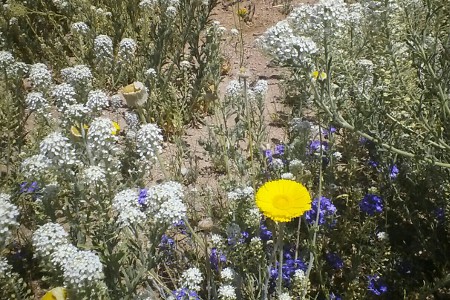
White Easter Mojave Buckwheat, purple Mock Vervain and yellow Desert Marigolds all add to the colors you will see when you find Southeast Arizona Wildflowers.
But with the monsoons the colors of Southeast Arizona wildflowers explode throughout the county. The ground will get enough rain to germinate last year’s seed and will add many new red, orange, yellow, purples and white flowers. Under the mesquite tree next to the B and B becomes covered with vines of bluish Morning Glories, and red Trans Pecos Morning Glories. Included in the mix are Golden Crown Beards, Globe Mallow and the San Pedro Daisies. The orchid like flower of the Devils Claw is also found interspersed in the vines. We have staked the area with an old chair and limbs to allow the climbers to extend up into the mesquite. It becomes covered by the vines that you don’t dare enter because you don’t know what is hiding in the area. All of the growth is natural as we haven’t planted a seed. We do some trimming to make sure we don’t lose total control. Wandering over the property and along the San Pedro River you will find many different flowering plants that are native to this part of Southeast Arizona.

The red Trans Pecos Morning Glories add color to the purple Morning Glories and Golden Crown Beards.
So if you want to see the beauty of Mother Nature’s garden come to Down By The River and view the Southeast Arizona wildflowers. You can also take a look at our Pinterest page for the flowers that we have photographed around the B and B. The two pins are Bristly Beauty and Petal to the Medal That isn’t as good as seeing it yourself but it will give you a representation of what you are missing. Come join us for monsoon season and see the lightning storms in the afternoon and the wildflowers in the morning.
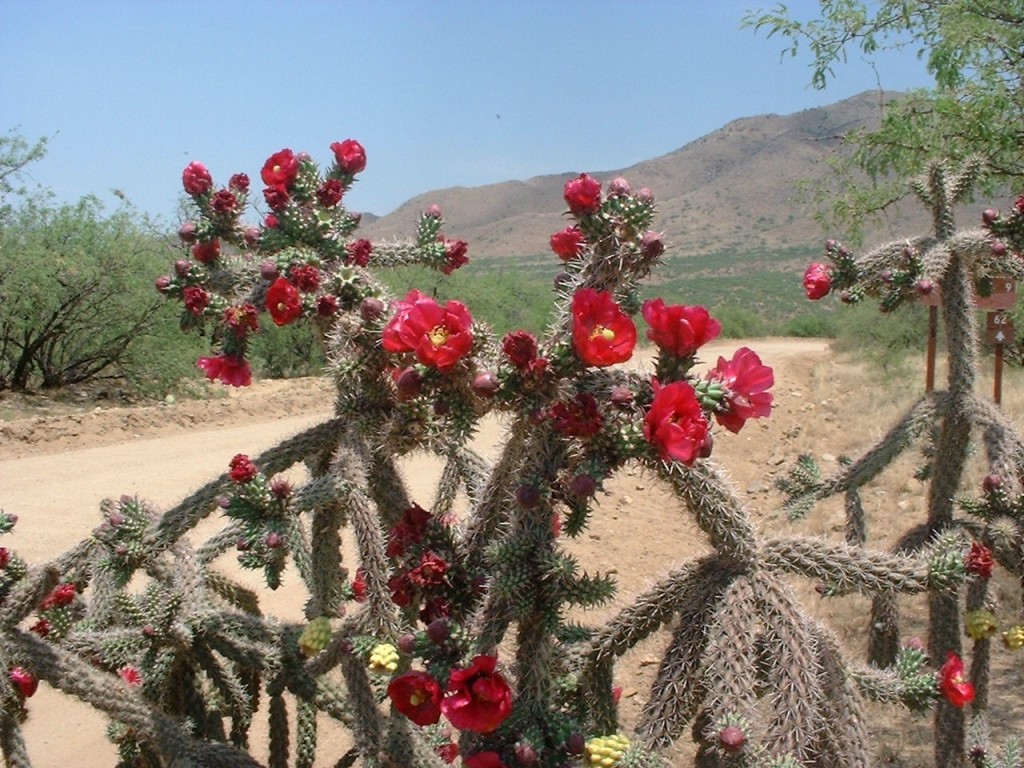
The desert has a beauty that some people never see. Take to the back roads during the Southeast Arizona wildflower season and you will be surprised with what you find along the road.

